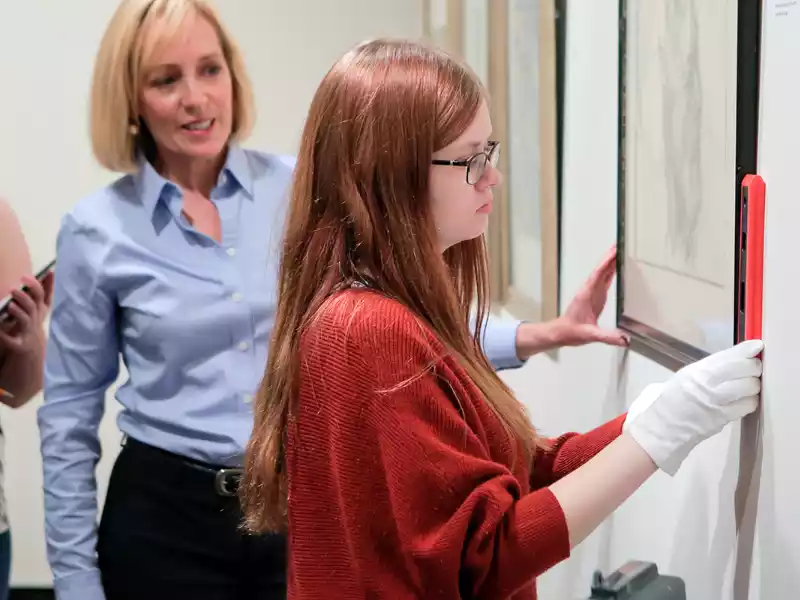
Empowering Cultural Preservation Through Efficient Art Management
Empowering Cultural Preservation Through Efficient Art Management: A Comprehensive Guide
Introduction
In the dynamic world we live in, cultural preservation has become an increasingly important issue. Art, as a significant reflection of culture, plays a crucial role in this preservation. Efficient art management is a key strategy in ensuring the longevity and accessibility of artworks, fostering cultural understanding, and promoting cultural exchange. This article aims to explain the concept of efficient art management in the context of cultural preservation, its importance, and how it can be effectively implemented.
Thank you for visiting Art Institutes, don't forget to subscribe to the Art Institutes Newsletter!
Understanding Efficient Art Management
Efficient art management refers to the systematic and strategic approach to the care, conservation, and promotion of artworks. It involves a range of activities, from the physical preservation of artworks to their digital documentation, exhibition, and education. Efficient art management ensures that artworks are preserved for future generations, while also making them accessible to a wider audience.
The Importance of Efficient Art Management in Cultural Preservation
1. Preservation of Artworks: Efficient art management ensures the physical preservation of artworks. This includes the use of appropriate storage conditions, regular maintenance, and conservation efforts to prevent damage and deterioration.
2. Accessibility: By digitizing artworks and making them available online, efficient art management increases accessibility. This allows people from all over the world to learn about different cultures and their artistic expressions.
3. Cultural Understanding: Art is a powerful tool for cultural understanding. Efficient art management makes it possible to share artworks and their stories, fostering empathy and appreciation for diverse cultures.
4. Cultural Exchange: Efficient art management facilitates cultural exchange by making it easier to loan artworks for exhibitions and collaborate with institutions from different cultures.
Art8 "Webinars for Creatives" https://art8.net
Strategies for Efficient Art Management
1. Digital Documentation: Digital documentation is a crucial aspect of efficient art management. High-quality images, detailed descriptions, and comprehensive metadata help in the preservation, study, and sharing of artworks.
2. Conservation and Restoration: Regular conservation and restoration work is necessary to maintain the physical condition of artworks. This involves cleaning, repairing, and stabilizing artworks to prevent further damage.
3. Exhibition and Display: Efficient art management includes the strategic planning and execution of exhibitions. This involves choosing appropriate themes, designing engaging displays, and ensuring the safety and security of the artworks.
4. Education and Outreach: Educational programs and outreach activities are essential for fostering cultural understanding. These can include guided tours, workshops, and online resources.
5. Collaboration and Partnerships: Collaborating with other institutions, researchers, and artists can help in the preservation and promotion of artworks. This can involve joint exhibitions, research projects, and conservation efforts.
Moving Forward with Efficient Art Management
Efficient art management is a powerful tool for cultural preservation. By ensuring the physical preservation, accessibility, and promotion of artworks, it allows us to learn from and appreciate different cultures. As we move forward, it is crucial that we continue to invest in efficient art management to safeguard our cultural heritage for future generations.


